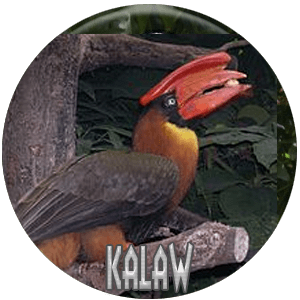Abelardo Aguilar discovered Erythromycin
Abelardo Aguilar discovered Erythromycin
➢ In the year 1949, Filipino Scientist Dr. Abelardo Aguilar sent an isolated soil sample of an antibiotic to his then employer Eli Lily Corp. The latter acknowledged his discovery three years later and named the antibiotic Ilosone (also Ilotycin), to honor Iloilo where Abelardo collected the soil samples. Erythromycin is touted to be a better alternative to Penicillin minus the allergic side effects. As of this day, no royalties or recognition was ever given by Eli Lily to the now deceased Dr. Aguilar. It is estimated that the corporation raked in billions from the popular drug.
➢ In the year 1949, Filipino Scientist Dr. Abelardo Aguilar sent an isolated soil sample of an antibiotic to his then employer Eli Lily Corp. The latter acknowledged his discovery three years later and named the antibiotic Ilosone (also Ilotycin), to honor Iloilo where Abelardo collected the soil samples. Erythromycin is touted to be a better alternative to Penicillin minus the allergic side effects. As of this day, no royalties or recognition was ever given by Eli Lily to the now deceased Dr. Aguilar. It is estimated that the corporation raked in billions from the popular drug.

written by Rock Punzalan for Pinoy Search Network
FAIR USE DISCLAIMER: The following data is for educational, scholarship review and archiving purposes only. By viewing this information, you release the website and its authors from any responsibility or liabilities. Though we verify and maintain the accuracy of the provided data, the absence of unintented typographical and factual errors cannot be guaranteed. Use the page at your own risk. For any suggestions, updates, credits or correction requests, contact us or comment below.
Like Us
Trending Posts
- Korean War: When 900 Filipinos defeated a 40,000 strong Chinese Communist army
- 35 Must-Know Filipino Greetings and Phrases for Travelers
- Miguel Malvar – Forward without ever turning back
- Andres Bonifacio – I declare this assembly dissolved
- December 30, 1896 – execution of Jose Rizal
- August 21, 1983 – Assassination of Ninoy Aquino
- September 21, 1972 – Marcos declares Martial Law
- Philippine Adobo is not Adobar
- Binondo – world’s oldest Chinatown
- Kalaw – Clock of the Mountains
- Philippine Eagle – largest extant eagle in the world
- Top Filipino Heroes and their favorite food
- Top 50 Must-Try Fruits in the Philippines
- Ninoy Aquino – The Filipino is worth dying for
- Antonio Luna – I will fight and offer my life
- Antonio Luna – I am going not to command but to obey
- Macario Sakay – Death comes to us all sooner or later
- Jose Abad Santos – Do not cry Pepito
- Gregorio del Pilar – The general has given me the pick
- Ninoy Aquino – No to tyranny! No to corruption!
More Stories















